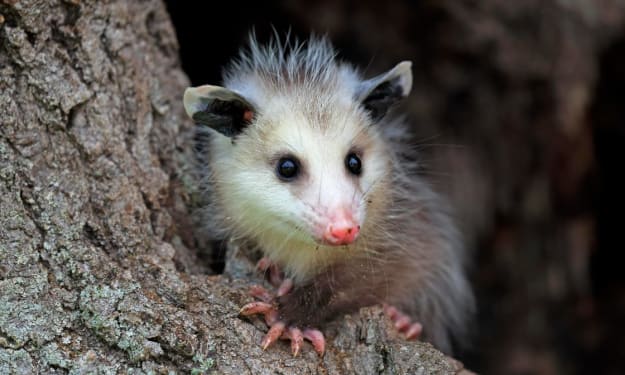The Unexplained: Animal Architects and the Marvels of Nature's Engineering
From Termite Metropolises to Beaver Dams: Unveiling the Wonders of Nature's Engineering

The natural world is teeming with marvels that defy explanation. From the intricate dance of migrating butterflies to the resilience of deep-sea creatures, animals exhibit a remarkable array of behaviors and adaptations. But some animals take this a step further, acting as architects and engineers, constructing awe-inspiring structures that leave us humans in awe.
This article delves into the fascinating world of animal architects, exploring the ingenuity and complexity of their creations. We'll journey across continents, from the towering termite mounds of Africa to the intricate underwater cities built by beavers.
Master Masons of the Insect World: The Termite Metropolis
Termites, often seen as destructive pests, are surprisingly sophisticated architects. These social insects build elaborate termite mounds, towering structures that can reach heights of over 30 feet. The mounds are marvels of engineering, featuring a complex network of tunnels, chambers, and ventilation systems.
Here's what makes termite mounds so impressive:
Temperature Control: The thick walls of the mound regulate temperature, creating a stable environment for the colony regardless of the scorching desert heat or chilly nights.
Ventilation Systems: A series of strategically placed openings allows for air circulation, ensuring proper oxygen flow throughout the massive structure.
Specialized Chambers: Different chambers within the mound serve specific purposes, such as housing the queen, raising young, and storing food.
The construction of these termite metropolises is a collaborative effort. Worker termites tirelessly transport soil particles, creating the mound's structure. Other members of the colony maintain the ventilation system and regulate temperature. This complex social organization and coordinated effort are crucial for the success of the termite city.
Underwater Architects: The Beaver's Aquatic Domain
Beavers, the industrious rodents of North America, are renowned for their impressive dam-building skills. These dams serve as essential components of their aquatic habitat.
Strategic Placement: Beavers select dam sites strategically, often at narrow points in streams or rivers. This maximizes the effectiveness of the dam in creating a still body of water.
Resourceful Construction: Beavers use a combination of materials, including branches, logs, and mud, to construct their dams. They meticulously weave branches together, interlock them with stones, and plaster the gaps with mud to create a watertight seal.
Collaborative Effort: Building a beaver dam is a group project. Adult beavers work together to gather materials, transport them to the construction site, and assemble the dam.
Beaver dams have a significant impact on the surrounding ecosystem. They create ponds that provide a safe haven for the beavers themselves, offering protection from predators and a place to store food for the winter. These ponds also benefit other species by creating wetland habitats for a variety of plants and animals.
Beyond Termites and Beavers: A Glimpse into the Animal Architect's Toolkit
While termites and beavers are perhaps the most well-known animal architects, other creatures also exhibit remarkable construction skills. Here are a few more examples:
Birds: From the intricate woven nests of orioles to the mud-constructed apartments of swallows, birds utilize various materials and techniques to build their homes.
Spiders: The intricate webs spun by spiders are marvels of engineering, utilizing silk with exceptional strength and flexibility.
Fish: Cichlid fish, native to Africa, are known to create elaborate sandcastles as breeding sites.
The Inspiration of Animal Architects
The ingenuity and adaptability of animal architects offer valuable lessons for human architects and engineers. Studying their construction techniques could lead to the development of new sustainable building materials and methods that are more environmentally friendly.
The animal kingdom continues to surprise us with its wonders. By exploring the unexplained marvels of animal architects, we gain a deeper appreciation for the diversity and complexity of life on Earth. Perhaps, by understanding these natural engineers, we can learn to build a more harmonious relationship with the natural world.





Comments
There are no comments for this story
Be the first to respond and start the conversation.